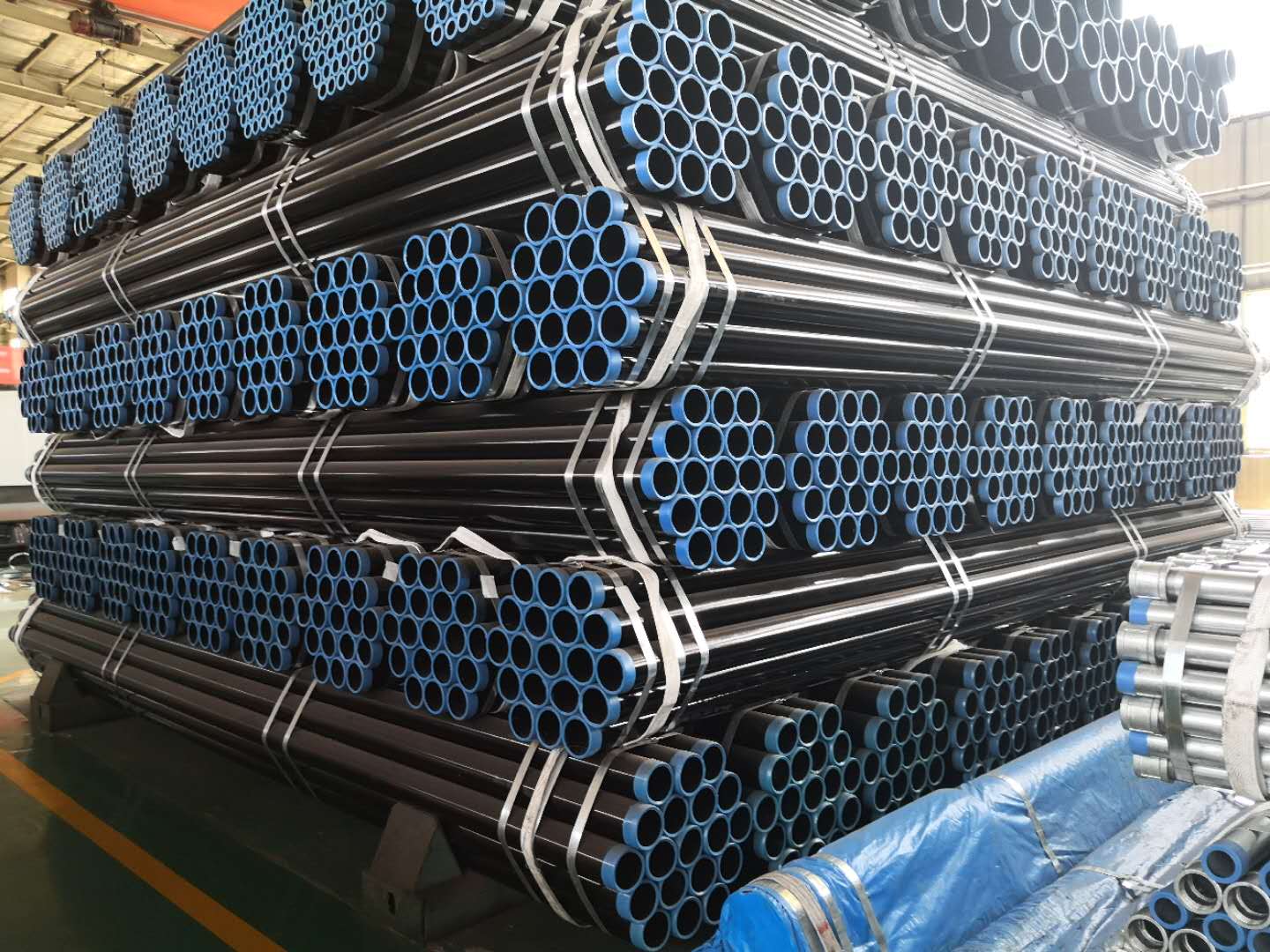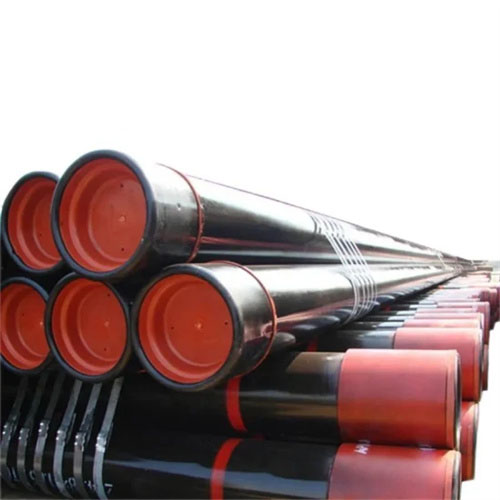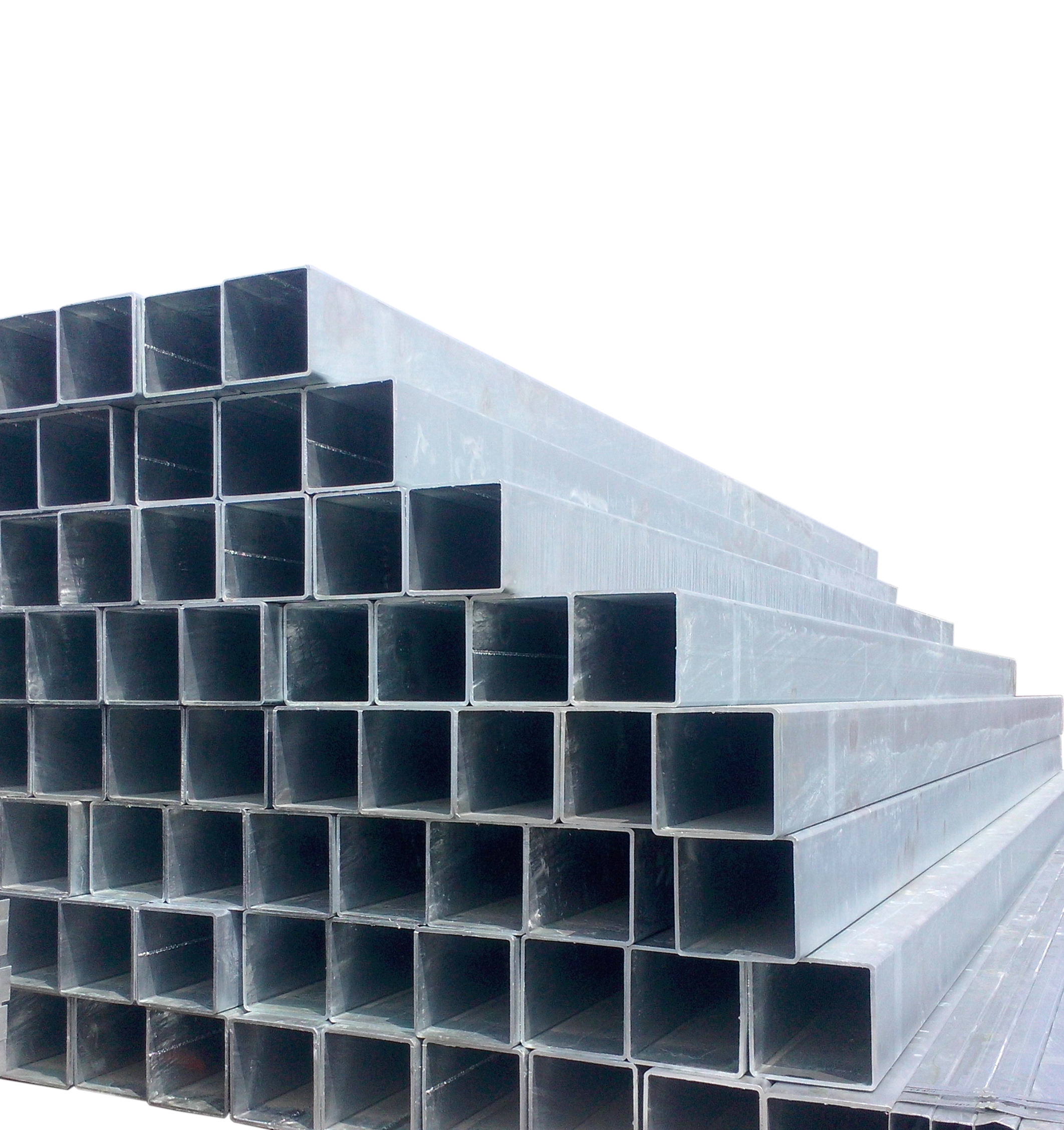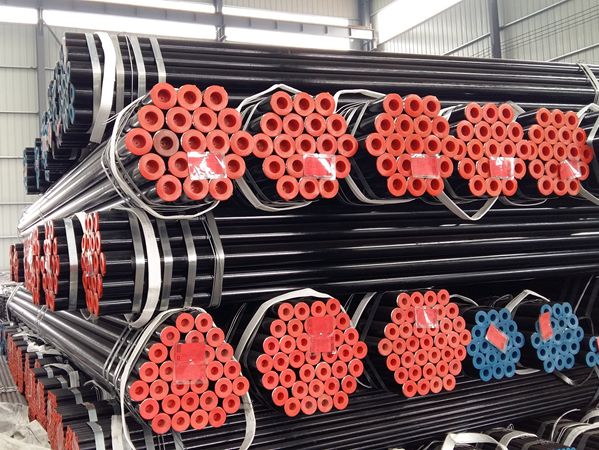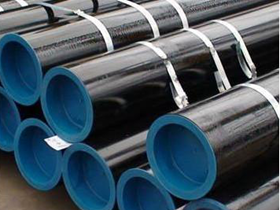St35、St45、St52/E355、E215、E235鋼管の産業用途でのメリット
St35、St45、St52/E355、E215、E235鋼管と10# 20# 45#鋼管の機械的性質の比較
St35、St45、St52/E355、E215、E235 はすべて、構造用途で一般的に使用されるシームレス炭素鋼鋼管です。これらのパイプは、強度、耐久性、耐食性が高いことで知られています。これらの鋼管の機械的性質は、化学成分、熱処理、製造プロセスなどの要因によって決定されます。
St35 鋼管は、優れた溶接性と成形性で知られる低炭素鋼管です。最小降伏強度は 235 MPa、最小引張強度は 360 ~ 510 MPa です。一方、St45 鋼管は St35 よりも炭素含有量が多く、強度と硬度が向上します。最小降伏強さは 245 MPa、最小引張強さは 410 ~ 530 MPa です。
St52/E355 鋼管は、機械および構造用途で一般的に使用される高強度、低合金鋼管です。最小降伏強度は 355 MPa、最小引張強度は 490 ~ 630 MPa です。 E215 および E235 鋼管も低炭素鋼管で、溶接性と成形性が良いことで知られています。 E215 の最小降伏強さは 215 MPa、E235 の最小降伏強さは 235 MPa です。
一方、10#、20#、45# 鋼管は、一般的なエンジニアリング用途で一般的に使用される炭素鋼鋼管です。 10# 鋼管の最小降伏強度は 205 MPa、最小引張強度は 335 MPa です。 20# 鋼管の最小降伏強度は 245 MPa、最小引張強度は 410 MPa です。 45# 鋼管の最小降伏強さは 335 MPa、最小引張強さは 570 MPa です。
St35、St45、St52/E355、E215、E235 鋼管の機械的特性を 10#、20#、45 鋼管と比較した場合# 鋼管については、前者のグループの鋼管が一般に高い強度と硬度の値を持っていることは明らかです。これにより、建物や橋の構造コンポーネントなど、高い強度と耐久性が必要な用途により適しています。
さらに、St35、St45、St52/E355、E215、E235 鋼管のシームレスな性質により、耐腐食性が向上します。溶接鋼管と比較して漏れが少ない。これは、パイプが厳しい環境条件や腐食性物質にさらされる用途では重要です。
結論として、St35、St45、St52/E355、E215、E235 鋼管と 10#、20#、45# 鋼管のどちらかを選択する場合は、 、アプリケーションの特定の要件を考慮することが重要です。どちらのタイプの鋼管にもそれぞれ長所と短所がありますが、一般に前者のグループの鋼管の方が強度、耐久性、耐食性が高くなります。最終的に、鋼管の選択は、耐荷重能力、環境条件、プロジェクトの予算制約などの要因によって決まります。
steel pipes are an essential component in various industries, including construction, automotive, and manufacturing. When it comes to choosing the right type of steel Pipe for a specific application, it is crucial to consider the Mechanical properties of the Material. In this article, we will compare the mechanical properties of St35, St45, St52/E355, E215, E235 steel pipes with 10#, 20#, 45# steel pipes.
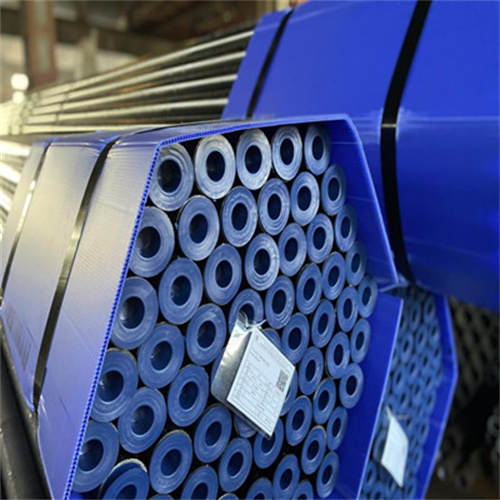
St35, St45, St52/E355, E215, E235 are all Seamless Carbon steel pipes that are commonly used in structural applications. These pipes are known for their high strength, durability, and resistance to corrosion. The mechanical properties of these steel pipes are determined by factors such as the chemical composition, heat treatment, and manufacturing process.
St35 steel pipe is a low carbon steel pipe that is known for its excellent weldability and formability. It has a minimum Yield strength of 235 MPa and a minimum Tensile strength of 360-510 MPa. St45 steel pipe, on the other hand, has a higher carbon content than St35, which gives it increased strength and Hardness. It has a minimum yield strength of 245 MPa and a minimum tensile strength of 410-530 MPa.
St52/E355 steel pipe is a high-strength, low-Alloy steel pipe that is commonly used in mechanical and structural applications. It has a minimum yield strength of 355 MPa and a minimum tensile strength of 490-630 MPa. E215 and E235 steel pipes are also low carbon steel pipes that are known for their good weldability and formability. E215 has a minimum yield strength of 215 MPa, while E235 has a minimum yield strength of 235 MPa.
In comparison, 10#, 20#, 45# steel pipes are carbon steel pipes that are commonly used in general engineering applications. 10# steel pipe has a minimum yield strength of 205 MPa and a minimum tensile strength of 335 MPa. 20# steel pipe has a minimum yield strength of 245 MPa and a minimum tensile strength of 410 MPa. 45# steel pipe has a minimum yield strength of 335 MPa and a minimum tensile strength of 570 MPa.
When comparing the mechanical properties of St35, St45, St52/E355, E215, E235 steel pipes with 10#, 20#, 45# steel pipes, it is evident that the former group of steel pipes generally has higher strength and hardness values. This makes them more suitable for applications that require high strength and durability, such as structural components in buildings and bridges.
Additionally, the seamless nature of St35, St45, St52/E355, E215, E235 steel pipes makes them more resistant to corrosion and leakage compared to welded steel pipes. This is important in applications where the pipes are exposed to harsh environmental conditions or corrosive substances.
In conclusion, when choosing between St35, St45, St52/E355, E215, E235 steel pipes and 10#, 20#, 45# steel pipes, it is important to consider the specific requirements of the application. While both types of steel pipes have their own advantages and disadvantages, the former group of steel pipes generally offers higher strength, durability, and resistance to corrosion. Ultimately, the choice of steel pipe will depend on factors such as the load-bearing capacity, environmental conditions, and budget constraints of the project.

